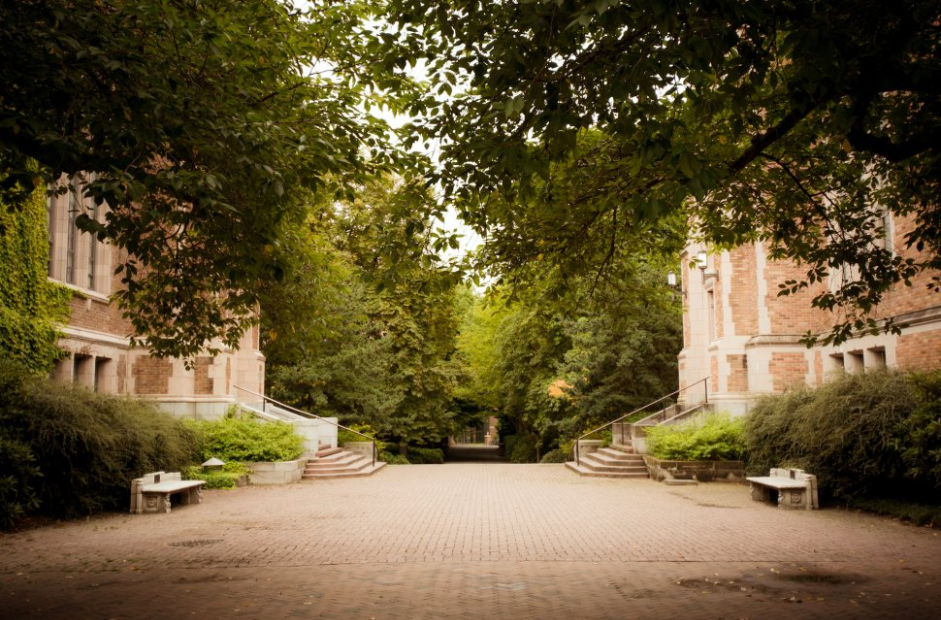Universities Panic As Dorms Sit Empty: Recruiting, Tuition, & Faculty Contracts In Limbo
Colleges and universities across the nation are stuck in financial limbo at a moment that key staffing, faculty contracts, student recruiting, and donor revenue-related decisions are typically made for next year, also as controversy erupts over refusal to refund student housing and campus activity fees. The $600 billion-plus higher education industry is expected to suffer effects of this Spring’s campus shutdowns at least through next Fall, given everything down to campus tours for potential recruits have been canceled, leaving open the crucial question of incoming levels of freshmen and tuition revenue for next year.
A case in point is as follows: “The financial meltdown prompted by the novel coronavirus puts record-high endowment values in jeopardy, along with the ability for donors to give. Princeton University canceled its reunion, which draws 25,000 to the Ivy League school,” according to Bloomberg.
It’s likely that a number of academic institutions will delay sending out contracts, usually done in April, for the following year — and some like Baylor University in Texas are already informing teachers and staff their contracts will reflect a freeze on raises through next year, meaning even the 2-3% annual raise to account for inflation will be cut.

But the state of limbo amid the national coronavirus economic “pause” has much deeper reverberations that could threaten the very survival of some higher ed institutions: “Students and professors at universities aren’t the only ones wondering when schools will re-open. Bondholders and stockholders also have a vested interest in getting them back on campus,” Bloomberg reports this week.
Most schools have gone to a purely online and remote learning format for the rest of the semester; however, this has hit student housing managers and investors hard, also as questions linger over whether or not students can terminate their leases. Bloomberg writes further:
S&P Global Ratings cut its outlook for the private student housing sector to negative on Wednesday, citing expected challenges from the sudden and potentially prolonged decline in student housing occupancy and associated loss of rental revenue.
Wealthier schools such as Harvard, Brown and Princeton are expected to weather the storm with greater ease, with some already offering students housing credit and prorated refunds conditioned in their return to campus.
However, not every institution is able to promise such relief, also given much student housing is operated by outside companies and firms:
Student housing projects that are lower-rated or have “cash cushions” of less than 90 days are most at risk, Kazatsky said. Of 252 student-housing projects, 144 have cash-on-hand levels of less than a year and 32 have less than 90 days of cash available, he added. About 67% of those student-housing projects are backed by an entity not related to the university while the rest are supported by the colleges.
Some schools are evoking backlash by refusing any level of dorm or campus activity fee related refunds altogether.
UNR gets parent, student pushback after mandating dorm move out without partial refunds https://t.co/f5ca9rTT13
— RGJ.com (@rgj) March 20, 2020
Needless to say this is completely uncharted territory for institutions which of necessity make all their major funding, staffing, and financial decisions some six months before the Fall opening and start of the semester.
“Refunding or crediting rents would have an adverse impact on (university student housing) cash flow, and savings from reduced operating expenses would not be sufficient to make up for the revenue reduction,” the Chester County Industrial Development Agency said in a recent notice to bondholders, citing woes at West Chester University outside Philadelphia.

Meanwhile, the historic $2 trillion stimulus package signed into law by Trump Friday afternoon promises about $14 billion to colleges and universities for pandemic response relief.
However, this will likely be felt by most campuses as a mere drop in the bucket amid the avalanche of debt problems that will roll down hill into the still very much up-in-the-air Fall semester. Some smaller debt-strapped universities may already be wondering if they’ll be able to keep the doors open into next year.
Tyler Durden
Tue, 03/31/2020 – 19:05